Satellite data estimates that around 100 million lakes worldwide are larger than one hectare (2.47 acres). The biggest lakes are more of an exception, rivaling the size of entire nations.
The largest lakes in the world may seem fairly similar, but they can differ greatly in terms of depth and salinity content. Furthermore, the list of the biggest lakes in the world is always changing because human activity can convert a vast body of water into a desert in just a few generations.
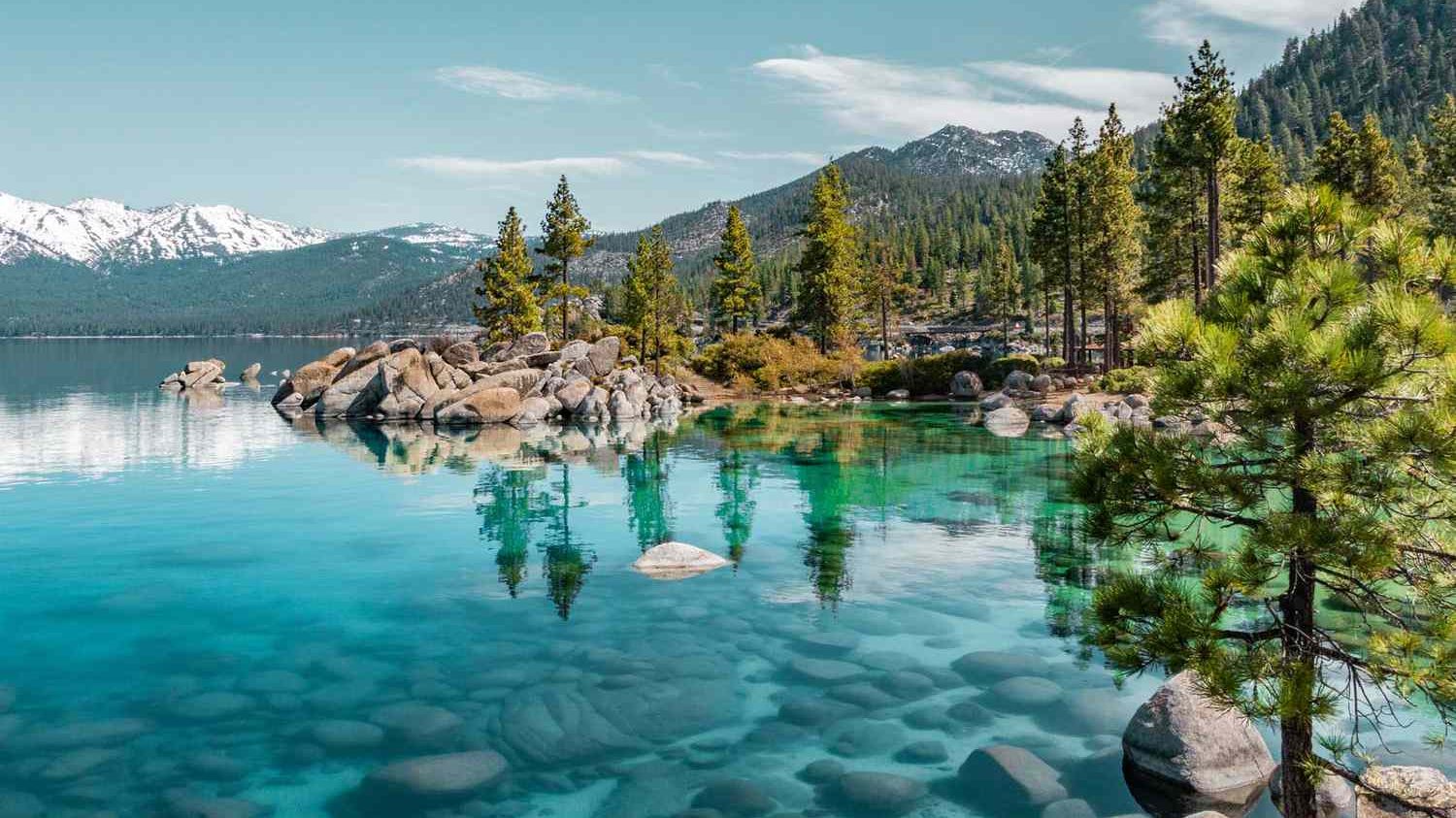
The Caspian Sea, the name of which suggests that it was formerly adjacent to the ocean approximately 11 million years ago, is by far the largest lake in the world. This enormous saltwater lake, almost the size of Japan, is surrounded by Kazakhstan, Russia, Turkmenistan, Azerbaijan, and Iran. The oil in the basin was believed to be 48 billion barrels under the surface.
One of the world’s greatest freshwater basins is made up of the five Great Lakes, which constitute the border between Canada and the United States. Approximately one-third of the population of Canada and the United States lives in this region, which is home to over 100 million people and comprises an interconnected network of lakes that make up 20% of the world’s fresh water.
Here’s a list of the 10 largest lakes in the world:
1. Caspian Sea:
The Caspian Sea, often described as the world’s largest lake or a full-fledged sea, is a truly remarkable body of water brimming with fascinating facts and features. Home to over 850 fish species, including the prized Caspian sturgeon, and a vital resource for fishing communities, the sea also glistens with oil and gas deposits, fueling economic ambitions while casting an environmental shadow. Pollution, fluctuating water levels due to droughts and diversions, and the looming threat of climate change paint a concerning picture for this ancient ecosystem.
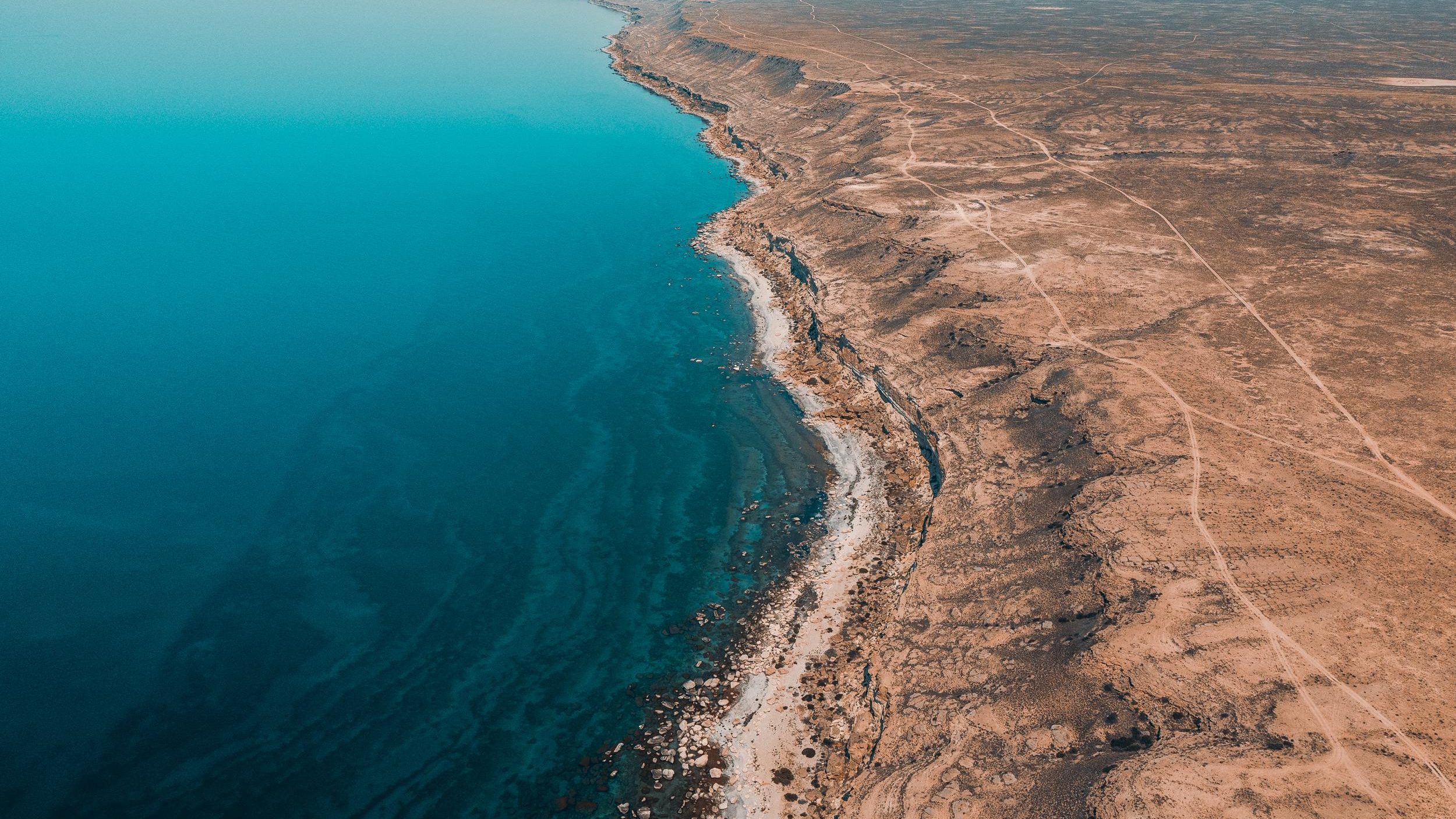
Yet, hope blossoms alongside the challenges. International cooperation seeks to navigate the Caspian’s future, balancing resource extraction with conservation efforts. Research delves into its mysteries, while coastal communities strive to protect their cultural heritage and way of life. The Caspian Sea, with its intricate tapestry of natural wonders and human endeavors, is a story still being written, one demanding our attention and care to ensure its continued existence for generations to come.
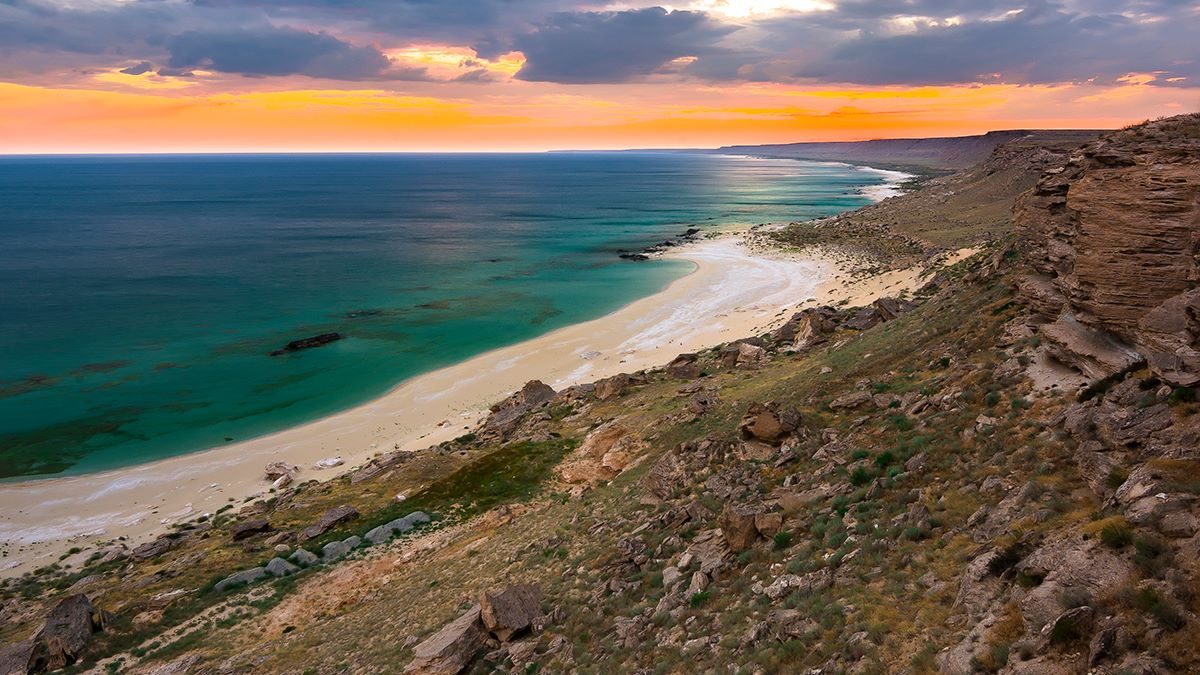
- Location: Situated between Europe and Asia, east of the Caucasus Mountains and west of the Central Asian steppe.
- Area: 371,000 km² (excluding the Garabogazköl lagoon), about the size of Japan.
- Volume: 78,200 km³, larger than the entire Black Sea.
- Depth: Maximum depth of 1,025 meters in the southern basin.
- Salinity: Varies significantly – the northern part is freshwater due to river inflow, while the southern parts are saltier (average 12.8 parts per thousand).
- Divisions: Traditionally divided into three zones – Northern, Middle, and Southern Caspian, each with distinct physical and ecological characteristics.
2. Lake Superior
Lake Superior, the crown jewel of the Great Lakes, reigns supreme as the largest freshwater lake in the world by surface area and the third-largest by volume. This awe-inspiring body of water sprawls across 82,100 square kilometres, hugging the border between Canada and the United States with its majestic presence.
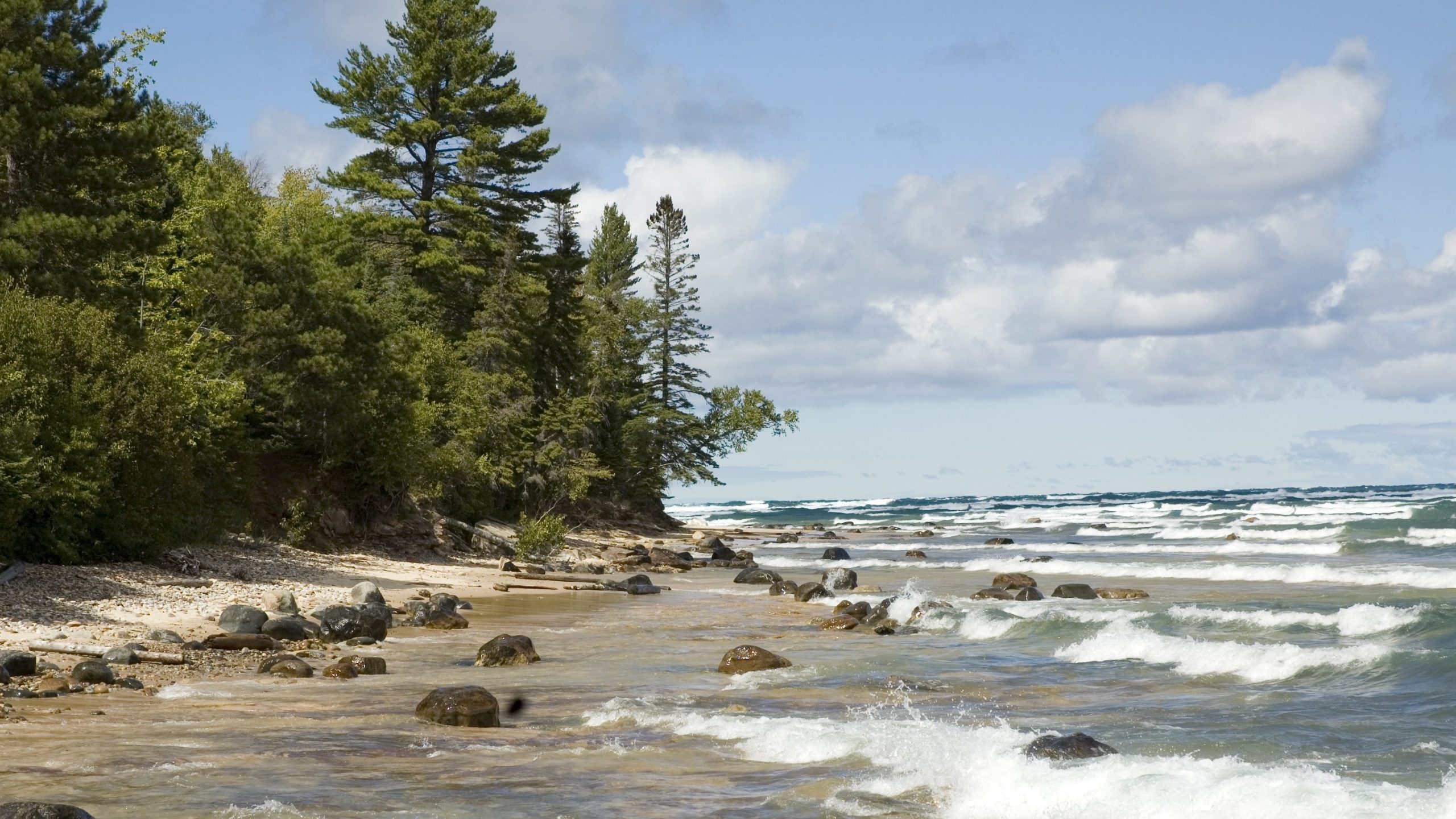
Lake Superior sprawls like a liquid titan, claiming the title of world’s largest freshwater lake. Stretching 350 miles across the Canada-US border, this ancient giant plunges to depths exceeding the Eiffel Tower’s height, its crystal-clear waters harboring a vibrant tapestry of life. Glaciers sculpted its dramatic coastline, forests embrace its shores, and islands like Isle Royale dot its shimmering surface. Indigenous communities revere it as “Gichigami,” the Great Sea, while shipwrecks and lighthouses whisper of its maritime past.
But even this colossus faces challenges. Rising temperatures and pollution threaten its pristine waters, requiring dedicated conservation efforts. Yet, hope abounds. Research unravels its secrets, sustainable tourism flourishes, and a chorus of voices rises to protect this irreplaceable legacy. Lake Superior, a monument to nature’s power and beauty, beckons us to safeguard its future, ensuring its breathtaking symphony continues to play for generations to come.
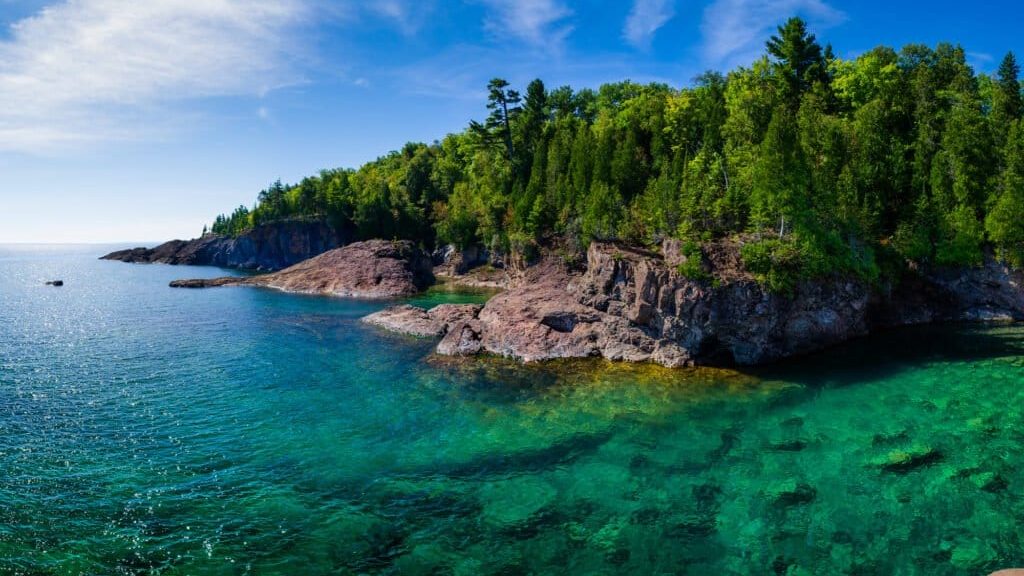
- Location: Straddling the border between Ontario, Canada, and the U.S. states of Minnesota, Wisconsin, and Michigan.
- Size: Boasting a colossal 350 miles (563 km) in length and 160 miles (258 km) at its widest point.
- Depth: Plunges to a breathtaking 1,332 feet (406 meters) at its deepest point, deeper than even the Eiffel Tower is tall!
- Islands: Over 400 islands dot its surface, with Isle Royale being the largest.
- Drainage: Drains into Lake Huron via the St. Marys River and the iconic Soo Locks.
3. Lake Victoria
Lake Victoria is shared by Kenya, Tanzania, and Uganda. It is the largest tropical lake in the world and the second largest freshwater lake. The northern shore of Lake Victoria meets the Equator. It has a total size of 68,800 square kilometers and a maximum depth of 80 meters. Its basin is home to more than 30 million people.
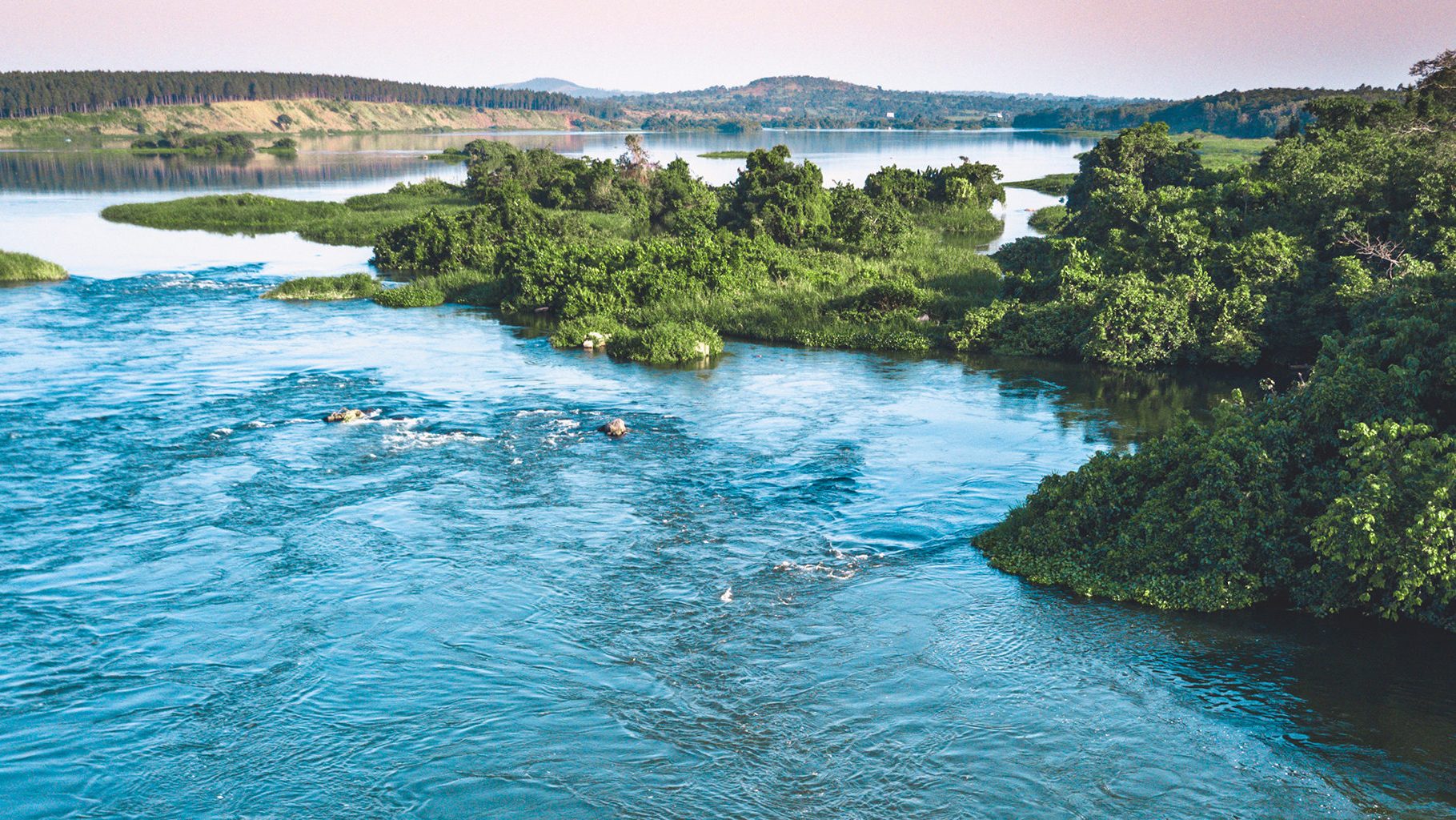
The ecological health of Lake Victoria has been severely impacted by a rapidly growing population, clearing of natural vegetation along the shores, a thriving fish-export industry, the introduction of several exotic plant and animal species, the disappearance of approximately 50% of its fish species (it once had 400 species of Cichlids), prolific algae growth, and the dumping of untreated effluent by several industries and human settlements.
The Nile perch was brought to the lake to enhance fish population, but it has since wiped out many local fish species. The majority of the damage is extensive and irreparable. Traditional lakefront lives have been altered and are disintegrating. Conservationists agree that if an immediate drive to conserve the lake is not made, this vital body of water will cease to sustain life.
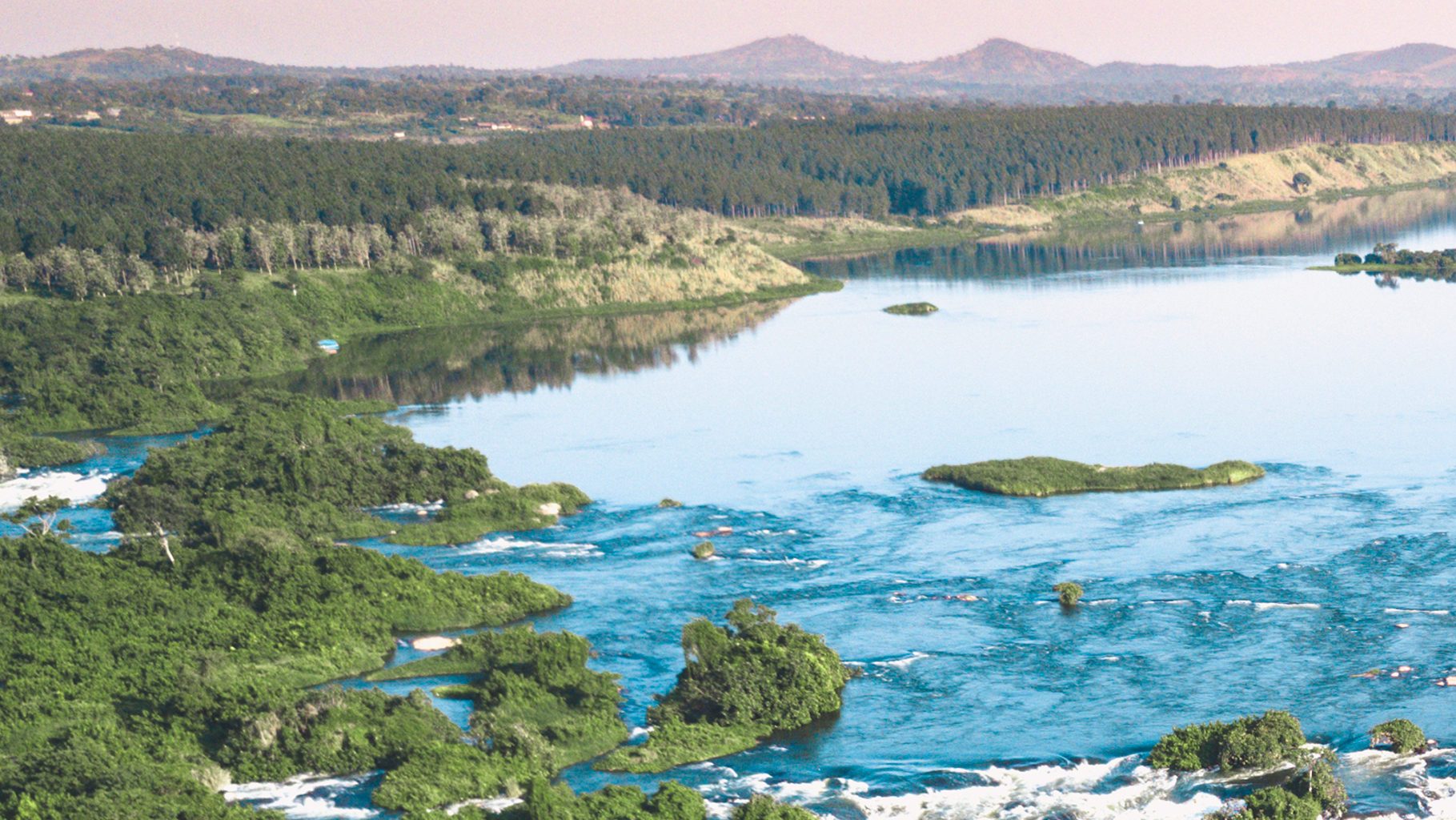
- Location: Nestled in the heart of East Africa, straddling the borders of Kenya, Tanzania, and Uganda.
- Size: A shimmering expanse of 69,485 square kilometers (26,828 sq mi), making it the continent’s largest and the world’s second-largest freshwater lake.
- Depth: Its average depth reaches 40 meters (130 ft), with a mesmerizing maximum depth of 80 meters (262 ft), home to a hidden world of diverse life.
- Islands: Hundreds of emerald islands dot its surface, each with its own unique charm, from the fisherman’s paradise of Ukerewe to the wildlife sanctuary of Rubondo.
- Drainage: This life-giving source feeds the Nile River, the world’s longest, nourishing communities and ecosystems downstream.
4. Lake Huron:
Lake Huron is one of the most rare lakes on the planet, with the longest shoreline of any of the Great Lakes. It is the second biggest of the Great Lakes and the world’s fourth largest lake by surface area. Huron is well-known for its beaches, sand dunes, marshes, woodlands, and vast river systems. the coves, canals, and bays are rich in history, as are the hundreds of shipwrecks beneath the surface. The gorgeous turquoise waters beckon you to experience everything Lake Huron has to offer.
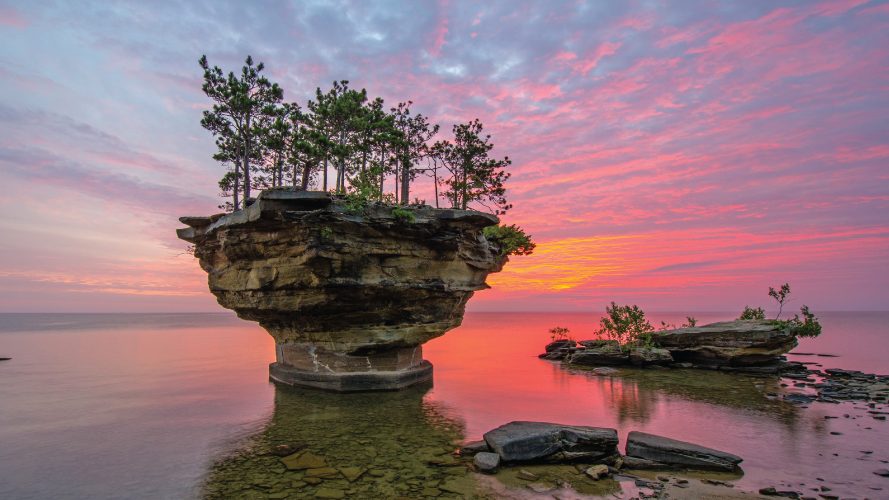
Lake Huron serves as a source of drinking water, entertainment, employment, and food for over 3 million people in Canada and the United States. It is home to numerous unique and endangered plant and animal species and provides drinking water to about 1.4 million people in Ontario. The Lake Huron Watershed is made up of long freshwater beaches, delicate forest habitats, and dramatic rock formations that weave together with vivid turquoise waters.
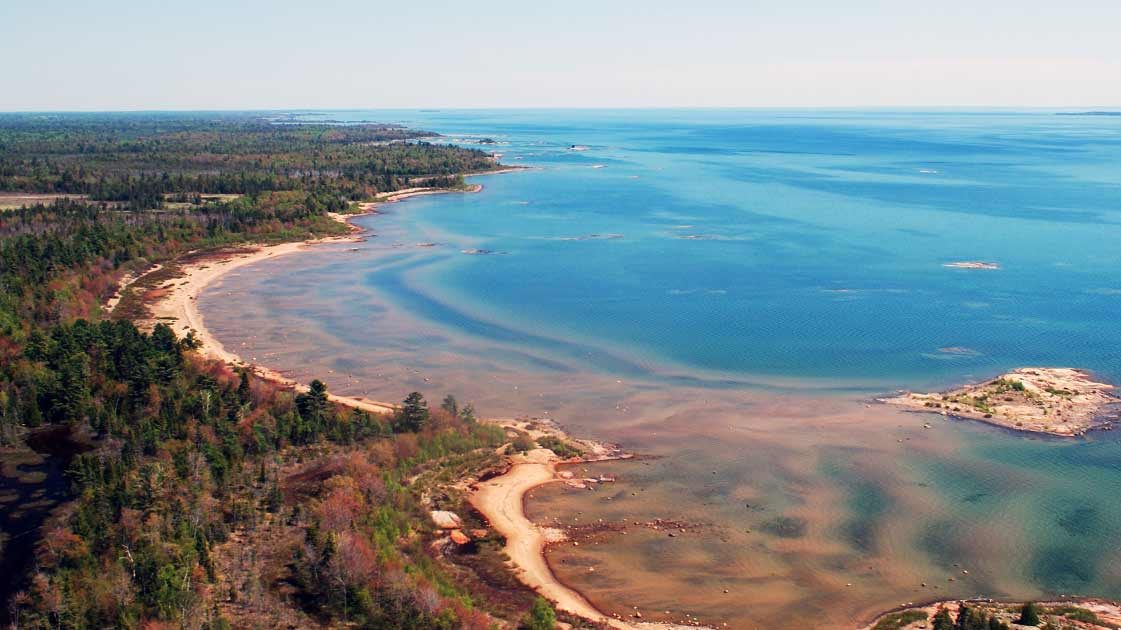
- Stretching across borders: Its shoreline embraces Ontario, Canada, and Michigan, Wisconsin, and Illinois in the US.
- Imposing dimensions: Spanning 206 miles (332 km) in length and 183 miles (295 km) at its widest, with a surface area of 59,590 square kilometers (23,007 sq mi).
- Depth’s mysteries: Plunging to a maximum depth of 750 feet (229 m), its depths hold shipwrecks and hidden underwater landscapes.
- Island paradise: Boasting over 30,000 islands, including the world’s largest freshwater island, Manitoulin, dotted along its scenic shores.
- Connected network: Linked to other Great Lakes via the St. Marys River to Lake Superior and the Straits of Mackinac to Lake Michigan.
5. Lake Michigan:
Lake Michigan is a genuine gem. Standing on the beaches of Lake Michigan, with its vivid blue waves, cool air, and diverse shorelines, it’s difficult to realize you’re gazing at a lake rather than an ocean. It is home to nearly 12 million people, many of whom live in Chicago and Milwaukee, as well as hundreds of rare and distinct plant and animal species. Popular tourist destinations in the north include prominent seaside towns with sandy beaches and a combination of vibrant and rustic atmospheres. For over three centuries, Michigan’s gorgeous wilderness beaches have been a playground for many of America’s industrial elite, and they continue to lure millions of visitors to the sea year after year.
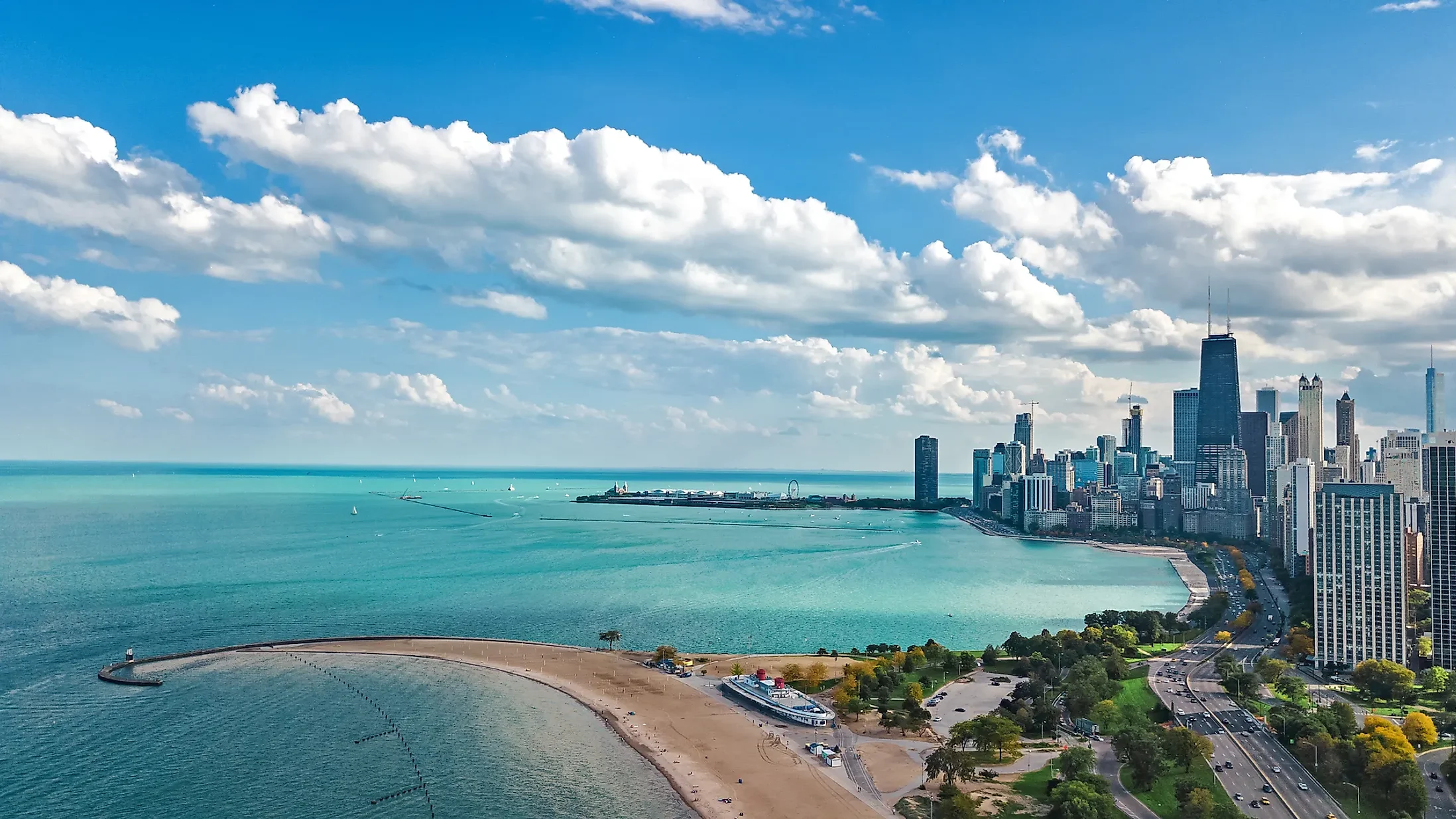
Lake Michigan has the largest length from north to south of any of the Great Lakes, giving it a fairly diversified environment that supports a vast range of plant and animal species. The lake’s natural ecosystems include tallgrass plains, broad savannas, and the world’s biggest freshwater sand dunes.
The watershed is rich in wildlife, with over 140 bird species (both migratory and permanent) and year-round fishing opportunities. It also supports at least six internationally endangered plant and animal species, including the Dwarf Lake Iris and the Piping Plover.
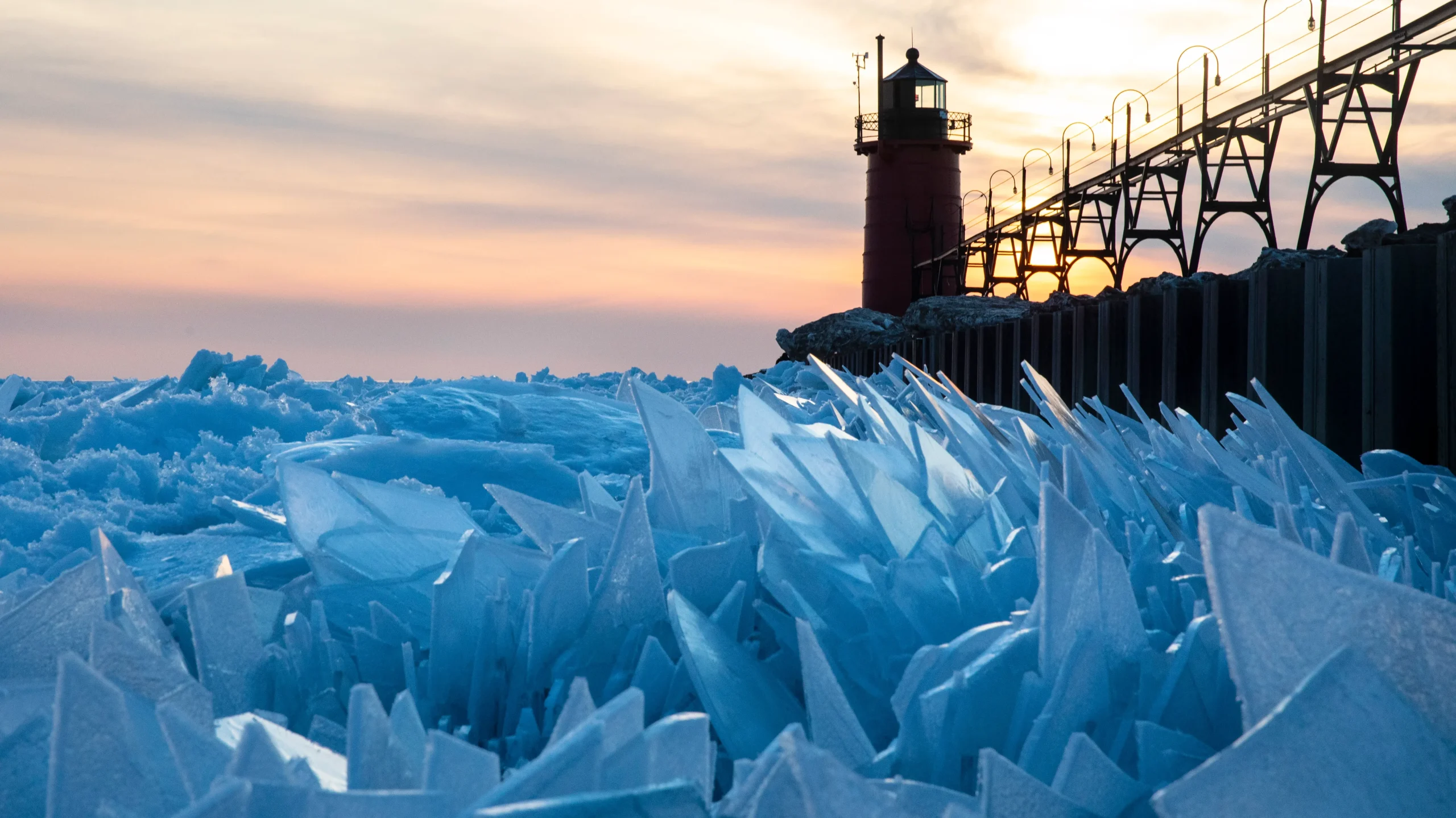
- Size: Third-largest freshwater lake by volume and fifth-largest by surface area, stretching an impressive 357 miles (575 km) long and 118 miles (190 km) wide.
- Border beauty: Hugs the shorelines of Illinois, Wisconsin, Michigan, and Indiana, a bi-national masterpiece.
- Depth’s dance: Plunges to a mesmerizing 923 feet (281 m) at its deepest, home to shipwrecks and hidden underwater worlds.
- Island escapades: Dotted with over 85 islands, including the stunning Beaver Island and the historic Mackinac Island, accessible by ferry.
- City symphony: Bustling Chicago graces its western shore, with iconic skyscrapers reflected in its shimmering surface.
- Natural paradise: Lush forests embrace its eastern coastlines, offering hiking trails, campsites, and encounters with deer, foxes, and countless birds.
- Sandy delights: Miles of golden beaches beckon sunbathers and beachcombers, from the vibrant Grand Haven State Park to the secluded Sleeping Bear Dunes.
6. Lake Tanganyika:
The English explorers Richard Burton and John Speke first made this large inland sea known to the European world in the mid-1800s. They pursued it as the Nile’s source, arriving at its beaches in February 1858, only to discover that the Ruzizi River in the north, which they assumed was the Nile, flowed into the lake rather than out of it. (Their epic trek is depicted in the film Mountains of the Moon.)
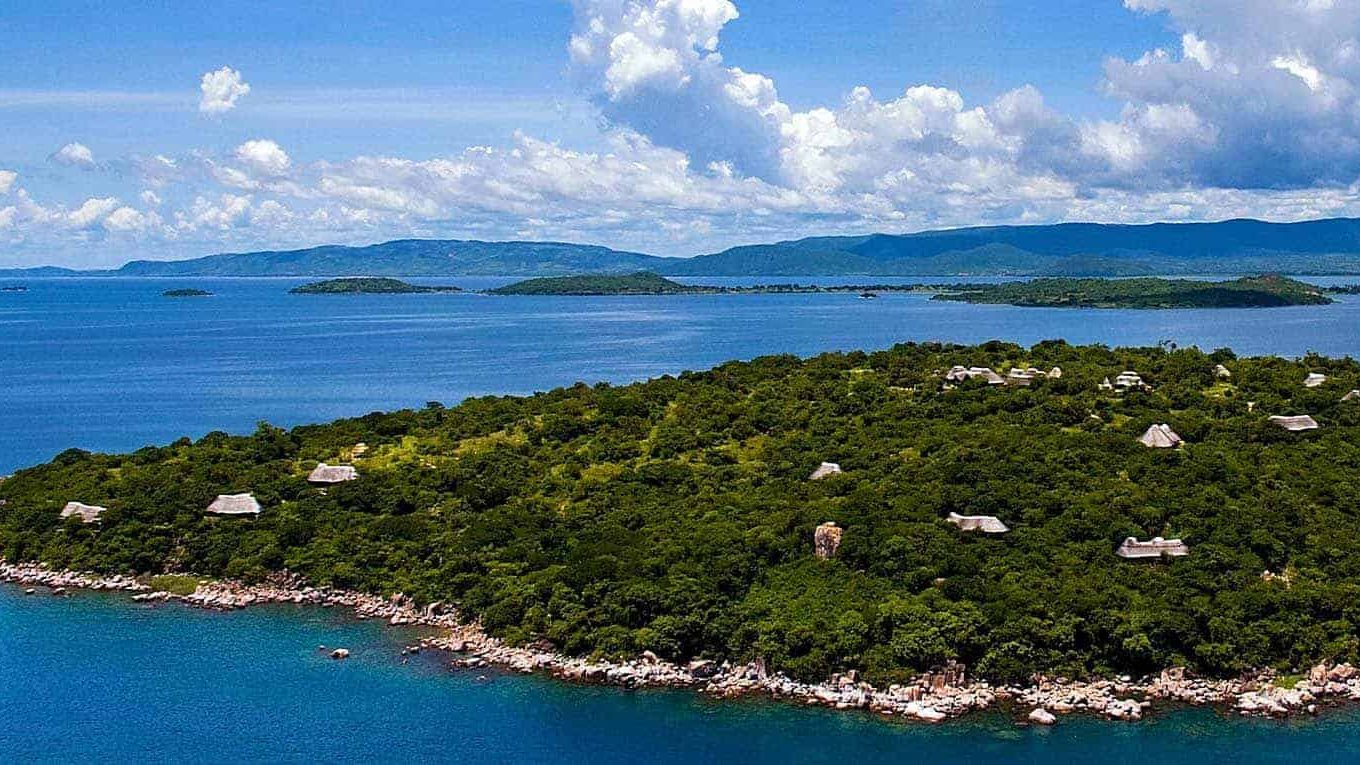
Although not tidal, the fertile flowing surface water offers ample plankton for its residents, which in turn provides much needed protein for both the local and export markets. The strong winds that blow off the surrounding mountains help to keep the water moving, preventing the spread of bilharzia, a parasite illness transmitted by shallow water snails.
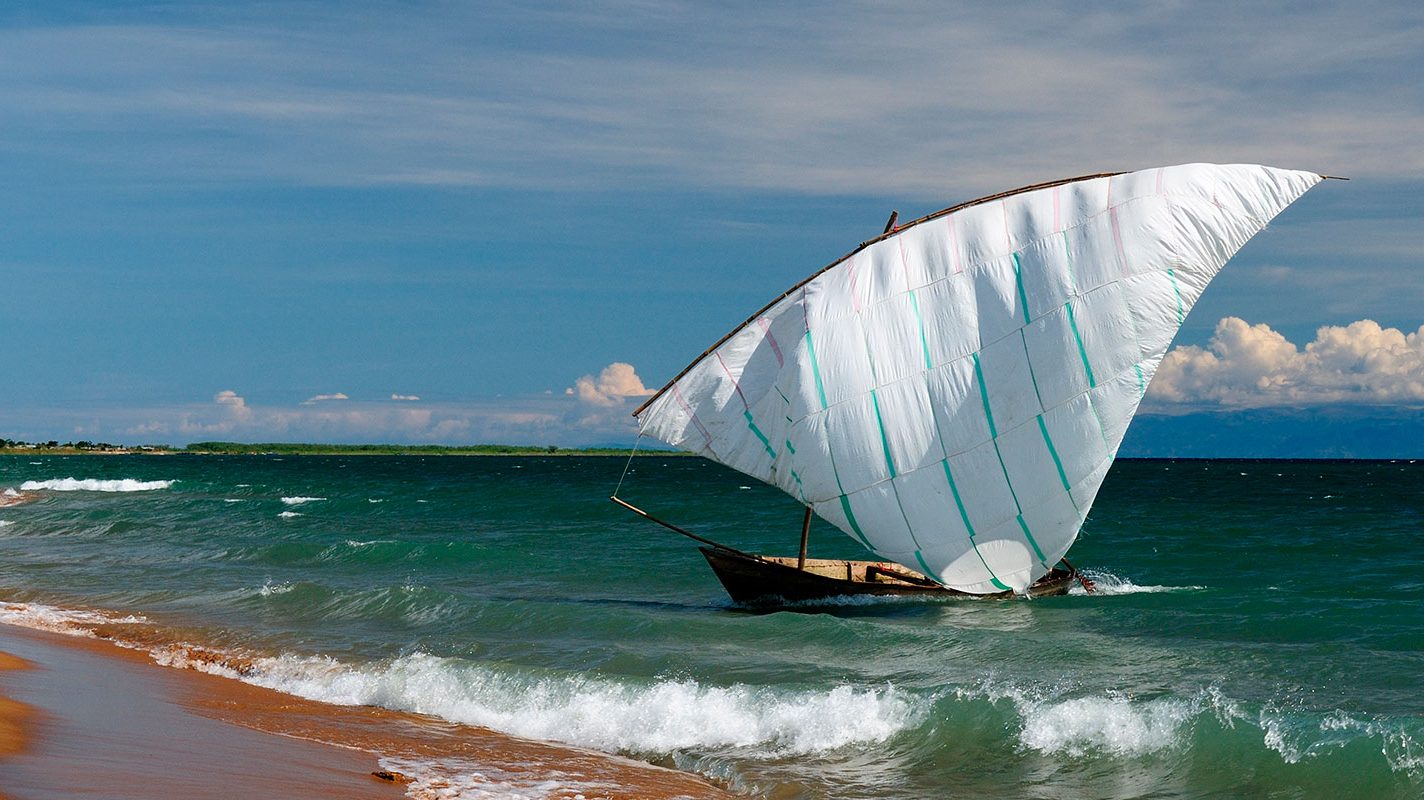
- Size Matters: Ranking fourth-largest of the Great Lakes by surface area, it stretches an impressive 193 miles (311 km) long and 53 miles (85 km) wide, embracing shorelines in Canada (Ontario) and the US (New York).
- Border Beauty: Its waters form a natural boundary, with stunning scenery on both sides, from Toronto’s bustling skyline to the Thousand Islands’ fairytale charm.
- Depth’s Secrets: Plunging to a mesmerizing 734 feet (224 m) at its deepest, its depths hold shipwrecks, ancient fossils, and hidden underwater landscapes waiting to be explored.
- Island Escapades: Over 800 islands dot its surface, each with its own unique character, from the lush greenery of Wolfe Island to the historic significance of Fort Henry National Historic Site.
- Urban Symphony: Vibrant cities like Toronto and Rochester grace its shores, offering art galleries, museums, and a taste of local culture amidst stunning waterfront views.
7. Lake Baikal:
Lake Baikal is one of the most stunning and scenic places in Siberia and the world. This is the world’s oldest lake (approximately 25-35 million years old), located in a rift depression in the southern section of Eastern Siberia.
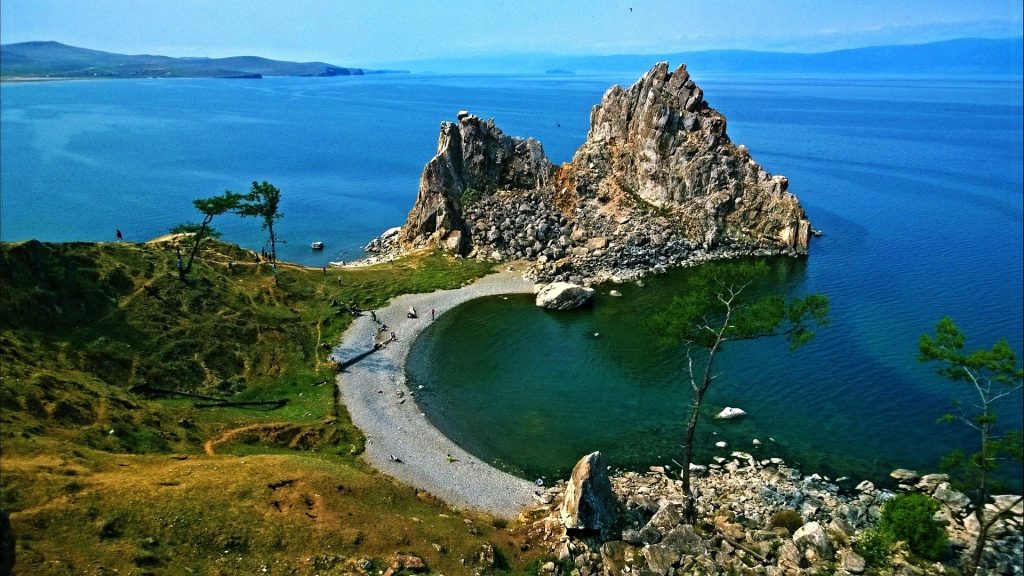
Baikal is also the world’s biggest freshwater reservoir, with 22% of all freshwater and 85% of Russia’s water supply. It has a volume of water of 23 thousand km3 (about the same as the total volume of the five Great Lakes in the United States).
Baikal is the world’s deepest lake, as well as having large supplies of fresh water. In 1996, it was included on the UNESCO World Heritage List. Nestled in the heart of Siberia, is more than just a body of water – it’s a testament to Earth’s ancient history, a haven for unique biodiversity, and a landscape of breathtaking beauty.
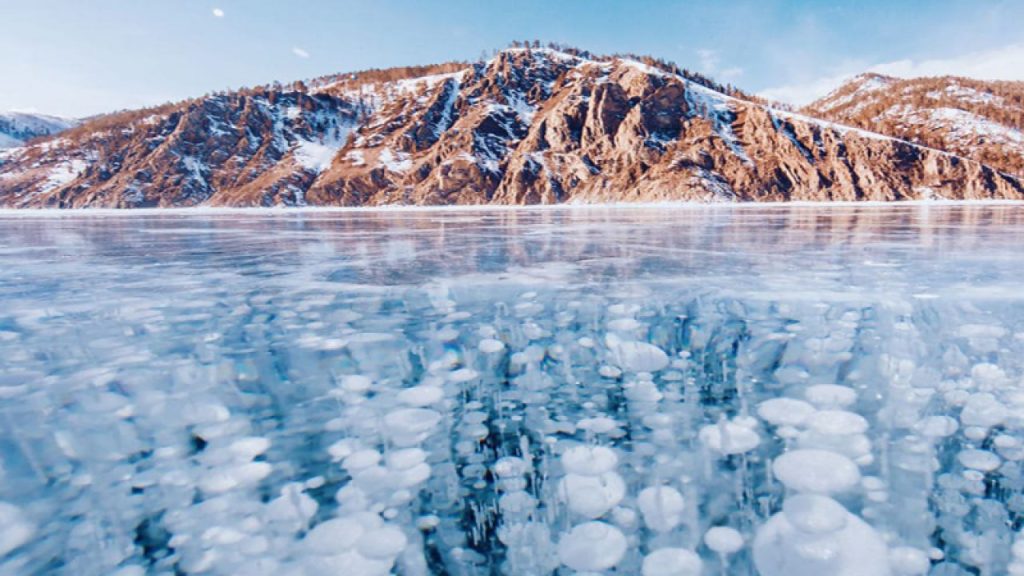
- Size & Location: A shimmering canvas of 28,800 square kilometers (11,120 sq mi), it stretches an impressive 84 miles (135 km) long. And 38 miles (61 km) wide, gracing the border between Peru and Bolivia.
- Borderland Enchantment: Its waters dance between two magnificent Andean countries, offering breathtaking vistas on both sides. From the ancient Inca ruins of Isla del Sol to the snow-capped peaks of the Cordillera Real.
- Depth’s Mysteries: Plunging to a mesmerizing 231 meters (758 ft) at its deepest, its depths whisper tales of sunken Inca treasures and hidden underwater landscapes teeming with unique life.
- Island Adventures: Dotted with over 40 emerald islands, each with its own story to tell, from the sacred Isla Amantani to the wildlife haven of Isla Suasi.
- Cultural Tapestry: A vibrant blend of Indigenous traditions and colonial influences, reflected in colorful festivals, intricate textiles, and delicious local cuisine.
These are just a few of the many amazing lakes in the world. Each one has its own unique beauty and story to tell. So next time you’re planning a trip, consider adding a visit to one of these spectacular lakes to your itinerary and don’t forget to go through our Travel Guide!






GIPHY App Key not set. Please check settings